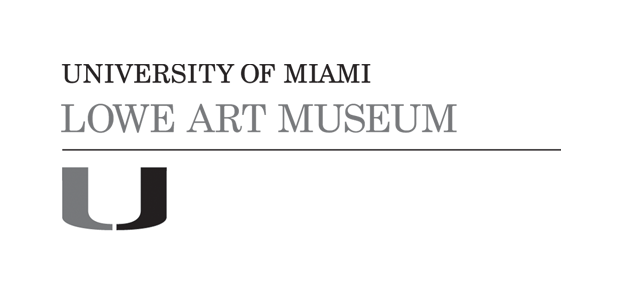Ritual Textile (Pua)
Artist/Maker
Iban Dayak people
(Borneo)
Date20th century
Mediumcotton and dye
DimensionsOverall: 38 1/4 x 81 in. (97.2 x 205.7 cm)
ClassificationsTextiles
Credit LineGift of Dr. Marcilene Wittmer
Terms
Object number2004.58.1
DescriptionHeadhunting underlies virtually all Dayak ritual activities. Taking of a head is the badge of maturity and prestige for Dayak males. Embodied in headhunting is the concept that death leads to life and engenders fertility in humans and in crops as well. The weaving of a pua ritual cloth is referred to as ‘the women’s warpath” and is comparable in prestige and magical power to the men’s taking of heads. Women receive the designs from spirits in dreams and only older, experienced women have the spiritual knowledge to protect them while weaving these powerful images. A young woman learns from an older woman who must weave the most dangerous parts of the girls’ cloth until she is experienced enough to protect herself. Once completed, a pua serves a variety of purposes connected with the protection of babies, children, home and family. Pua were also used to receive and wrap the severed heads brought back from raids by the women’s husbands. Finally, pua were used to cover the bodies of the dead, continuing the life/death cycle.The ikat technique used to weave pua involves resist dyeing bundles of warp threads in a sequence producing a rich brownish-red and indigo-based blue color together with the pale natural color of the cotton thread itself. Rituals and the use of charms accompany the process. The chief source of inspiration for the designs is Kumang, an upper world deity who epitomizes all that is desirable in Iban womanhood.
On View
Not on viewCollections













